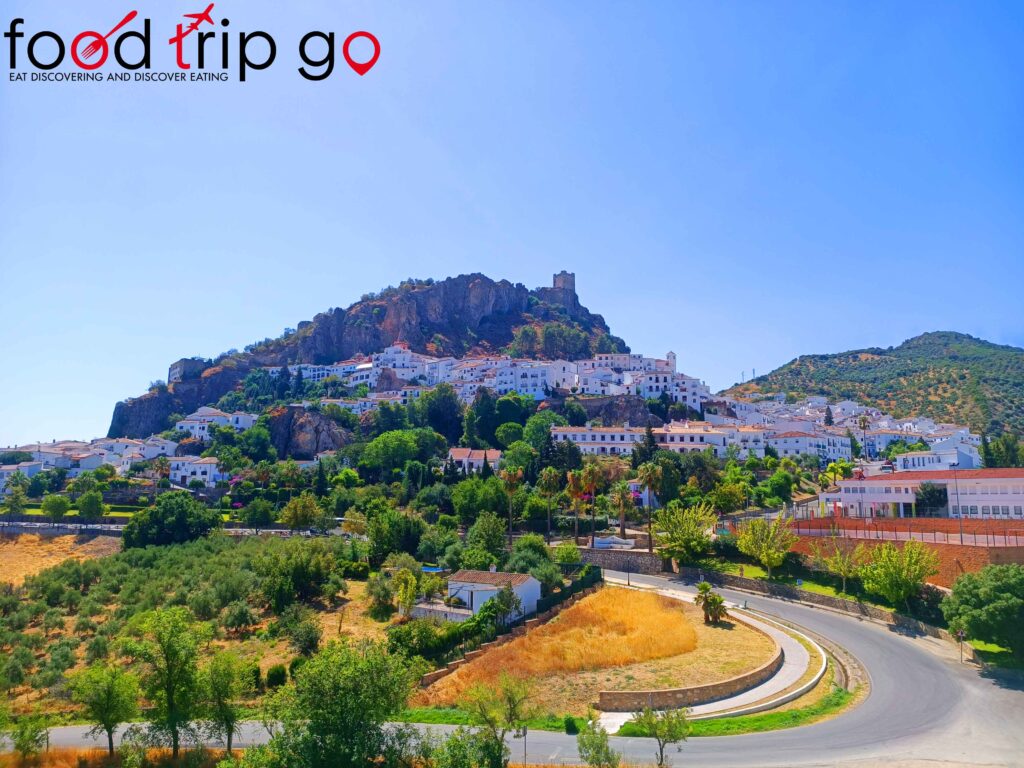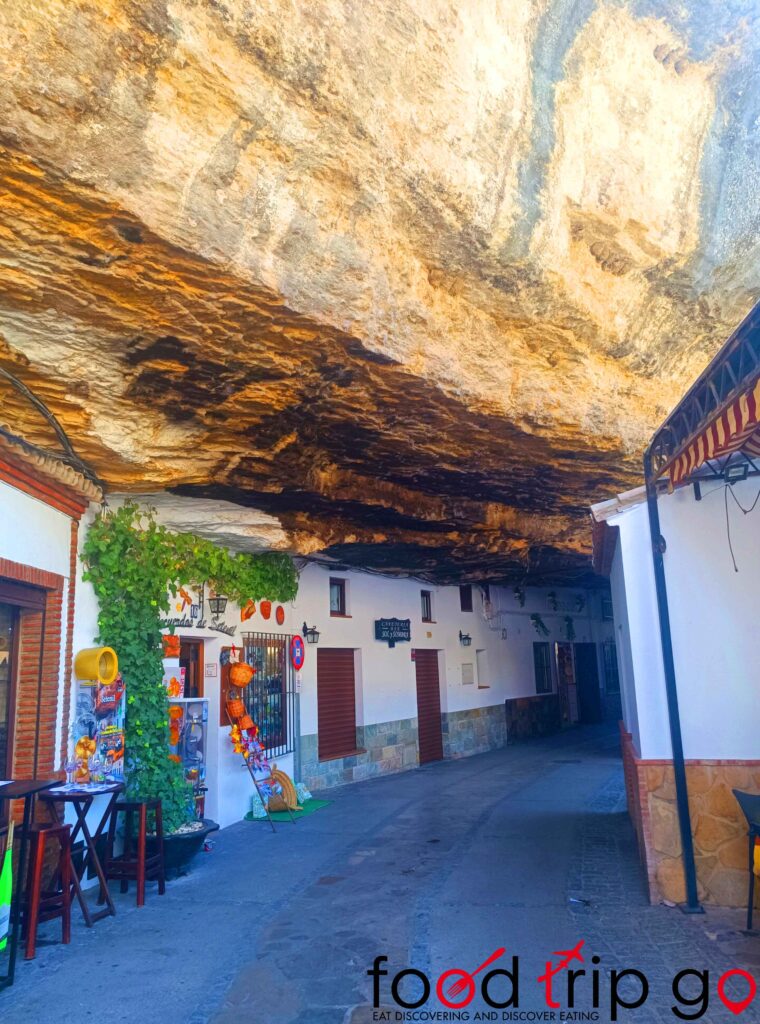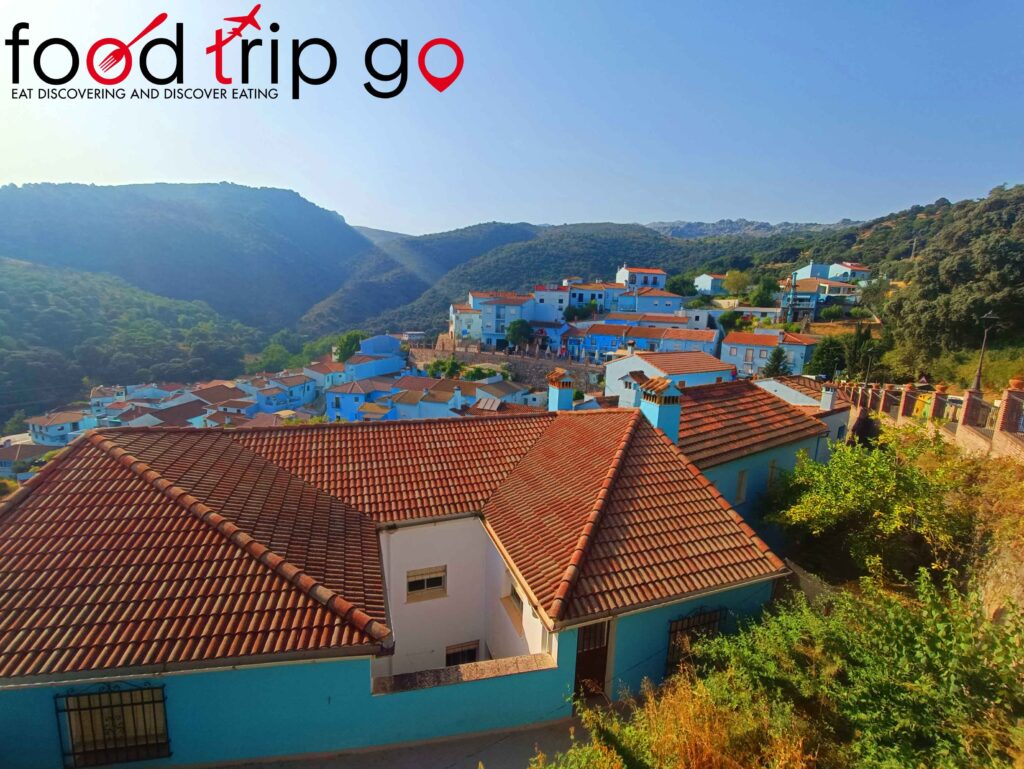Let’s discover together the beauty and culinary traditions of some of the most beautiful and characteristic villages in southern Spain
If you are looking for an authentic adventure in Spain, a trip through the Pueblos Blancos (the “white villages“) of the Andalusian region is an experience not to be missed. The Pueblos Blancos are characterized by white houses, narrow winding streets, and magnificent views of the surrounding countryside.
Passing through landscapes made up of ochre-colored fields, reddish soils or patches of vegetation, completely white patches pop up in the distance, small towns perched on mountains and completely white: the Pueblos Blancos. The origin of facade whitewashing dates back to the Roman Empire in the Iberian Peninsula, although later various epidemics reinforced this “tradition,” as lime has antiseptic and antibacterial properties, as well as being a good deterrent to the extreme heat that generally befalls the region.
To plan your trip to the Pueblos Blancos, a car is what you need to get around the different villages. We recommend visiting Zahara de la Sierra, Grazalema, Setenil de las Bodegas, Ronda, Juzcar, and Arcos de la Frontera, some of the most beautiful villages in the area.
The typical dishes of Ronda and the Pueblos Blancos
Ronda’s cuisine is influenced by its geographical location and Andalusian tradition. One of Ronda’s typical dishes is rabo de toro, a tasty bull tail stewed in red wine and served with potatoes. This dish is especially popular in Ronda’s traditional restaurants. Another typical dish of the area is solomillo al whiskey, a pork steak cooked with whiskey sauce. It is often served with fried potatoes or grilled vegetables. Among traditional culinary dishes, try bao bread with stewed meat or salchichón (salami) tartare. Rabbit a la Rondeña is another specialty, as are loin with pine nuts, Ronda black pudding, and products derived from game, as well as chestnuts from Val Genal and Ronda pumpkin.
Ronda’s gastronomy is also influenced by its proximity to the sea, so you can’t miss the opportunity to taste the area’s fresh fish. Fried fish is especially popular and is served with lemon and a garlic sauce. Typical of the area are smoked sardines with casar pie and tomato jam and cod fritters.
Finally, you can’t miss the opportunity to enjoy local sweets such as churros with hot chocolate or torrijas, a kind of toasted bread dipped in milk and eggs and then fried, pestiños, Tajo yemas, and wine donuts. Ronda is also famous for its wines including Yo Solo, Payoya Negra, and La Encina del Inglés.
The cuisine that can be enjoyed in the Pueblos Blancos is equally tasty and cheerful. Typical of Setenil de las Bodegas is Sopa cortijera, a soup made with breadcrumbs, olive oil, asparagus and eggs. The area is also home to las migas, an ancient dish eaten by shepherds whose main ingredient is stale bread; Revueltos de
espárragos, morcilla y setas, or beaten and fried eggs with asparagus, black pudding or mushrooms; and Cocido, a stew of chickpeas, potatoes, pork, bacon and the ever-present Andalusian sausage. Typical desserts from the Pueblos Blancos area include Los cortadillos de cabello de ángel, a puff pastry dessert filled with pumpkin jam.
The itinerary among the Pueblos Blancos
Zahara de la Sierra
One of the most beautiful white villages in Andalusia is definitely Zahara de la Sierra. Crossing the Sierra de Grazalema Natural Park, you come across the artificial reservoir of Zahara-El Gastor, from which you have a view of the whole country all white on the hill opposite.
Zahara de la Sierra takes its name from the Arabic word “Zahra,” meaning “flower,” and was a relevant Arab defense until 1407 when it was recaptured by the Christians, but its history goes all the way back to the Roman Empire, although traces were lost with the construction of the reservoir that required the dismantling of the existing Roman Bridge at that point. The town’s castle is virtually all in ruins, but it is still possible to climb the Tower to enjoy a breathtaking view.

Grazalema
After traversing a winding road in the middle of the Sierra de Grazalema nature park, we reach the village that gives the entire reserve its name. The serpentine route is steeped in breathtaking scenery and hides within it a forest of Pinsapar de Grazalema, a type of fir tree that can only be found in southern Spain and Morocco.
The small village is the only one in the province of Cadiz where it is possible to see snow in winter, and interestingly, it has the highest rainfall in all of Andalusia. Its source of livelihood comes through sheep farming, so two typical specialties such as Payoyo cheese and Bosqueño cheese made from the milk of two species indigenous to the park: the Payoya goat and the Merino sheep from Grazalemeña.
Setenil de las Bodegas
Seteneil de las Bodegas is the most distinctive and popular Pueblo Blanco in Andalusia. A cluster of houses and rocks that follow one another, an impressive walk between white walls and rocks instead of the sky.
Its name would seem to derive from the Latin “septem nihil,” or “seven times nothing,” an allusion to the fact that to conquer it the Christians had to assault it seven times, always resulting in defeat. The small village was part of the Nasrid kingdom until 1484 and it took the Spanish eighty years to conquer it, but it was an important step in the subsequent reconquest of Granada.

Ronda
Ronda is a small town known worldwide for its New Bridge suspended over the Tajo Canyon, carved by the Guadalevin River and a full 100 meters deep. It is such a special place that it even appeared in the animated film “Ferdinand”.
As one travels through Ronda, one is fascinated by the landscapes that surround it and its buildings and streets that hand down a mixture of cultures that have left their mark over time. Celts, Romans, Muslims and finally Christians have passed through Ronda, tracing its history over the past 600 years. A final special feature is El Castaño Santo, what is said to be the oldest tree in the Malaga area, with an impressive 14 meters perimeter.
Places to visit in Ronda include:
- New Bridge: undoubtedly the attraction that drives thousands of visitors to Ronda; a masterpiece of engineering that, being the same color as the stones that surround it, blends well into the terrain. It can be admired from below by walking along a small pedestrian road. Above the central arch is a small room that was used first as a prison and then as an inn, but is now used for an audiovisual presentation for the benefit of tourists.
- Plaza de Toros: it is one of the oldest in Spain with a 66-meter fighting ground, one of the largest in the world. Its fame was so great that it defined its own style of bullfighting, the “Ronda style”.
- Puerta de Almocábar: this is evidence of the walls of Arab origin that anciently surrounded the city. Starting from here and continuing to the Arab Bridge is a beautiful walk that has as its destination the old part of the City.

Juzcar, “El pueblo pitufo”
The only blue pueblo blanco, it is located in the province of Malaga. For the promotion of a film about smurfs it was painted all blue and has since become the world’s only smurf village.
At the entrance to the village there is a large mushroom with children’s games and a detailed map of the route to follow in search of the little blue smurfs, a real tour in fantasy that begins with Gargamel, passing through the statue of the big smurf and ending with a little meddling by the Maya bee dressed festively in blue for the occasion.

The Caminito del Rey
During your trip to the Pueblos Blancos, you can’t miss out on hiking and trekking in the area’s unspoiled nature. There are many options for outdoor enthusiasts, such as hiking the Caminito del Rey, a trail through a spectacular canyon.
Arcos de la Frontera
Arcos de la Frontera is located in the mountains north of Cadiz and its heterogeneity of cultures has made it a Historic Site. Its history starts four hundred years after the universal deluge with King Brigo, a descendant of Noah, and goes through the Roman foundation Arx Arcis, the fortress on the heights, of which archaeological remains are still preserved. With the Battle of Guadalete, the Arabs conquered the city, inaugurating the Kingdom of Taifas and making it an important stronghold until it returned under the Kingdom of Castile with Alfonso X el Sabio.
Getting lost in the streets of the city is a unique experience. You can find palaces, churches, stately homes and an endless number of arches, but the most amazing thing are the poems on the walls of the houses that make it unique and fascinating.
One of the most interesting legends has it that the Moors brought a dragon and hid it in a secret tunnel to get help against Christian attacks, and that to this day, when the dragon stretches out, the entire cliff feels the tremor. Yet another tells of the noise of invisible carriages, heartrending screams, objects moving on their own, and keys independently coming out of locks in Callejón de las Monjas, a narrow alley behind the Basilica of Santa Maria.
The journey of discovery of the Pueblos Blancos
A journey through the Pueblos Blancos is an unforgettable experience for those seeking an authentic adventure in Spain. Travel by car and explore the villages, hike in unspoiled nature, savor the local cuisine, and purchase local handicrafts to take home an unforgettable memory of your trip to the Pueblos Blancos.